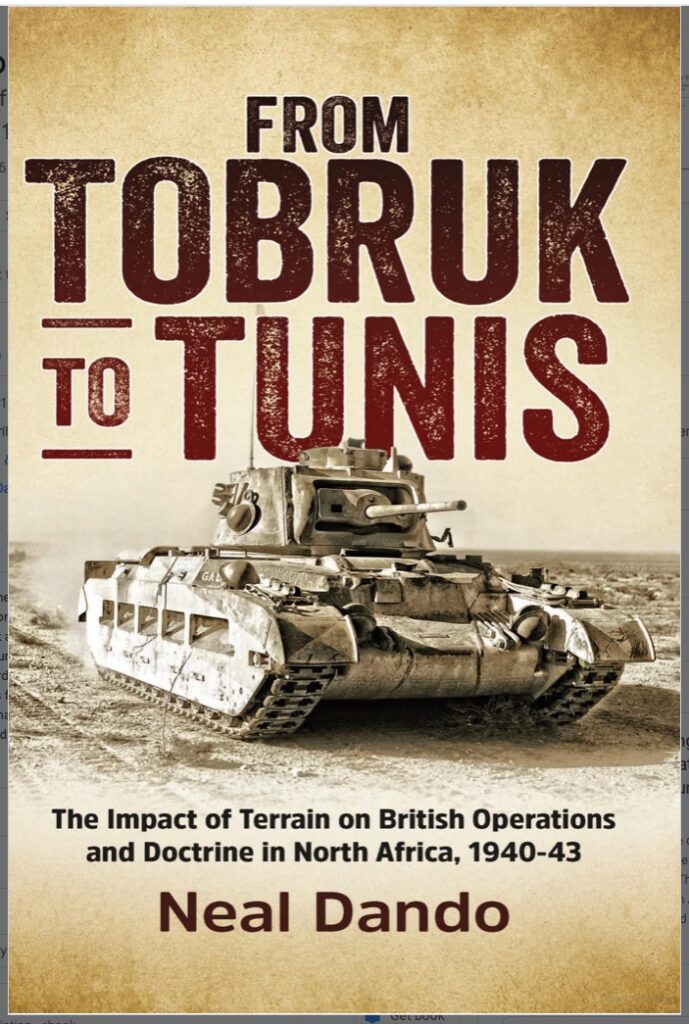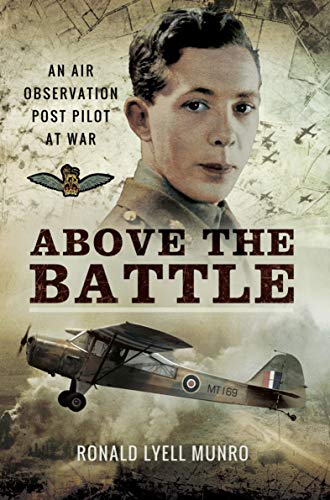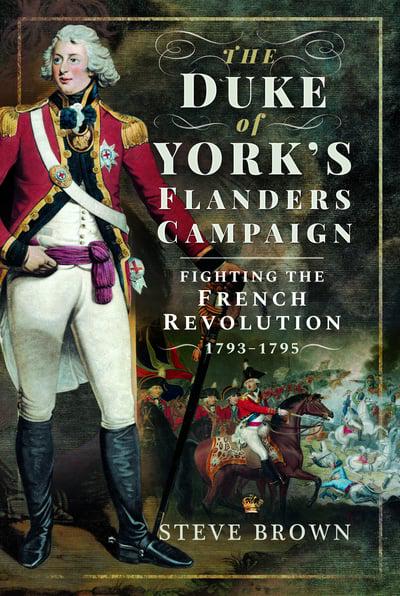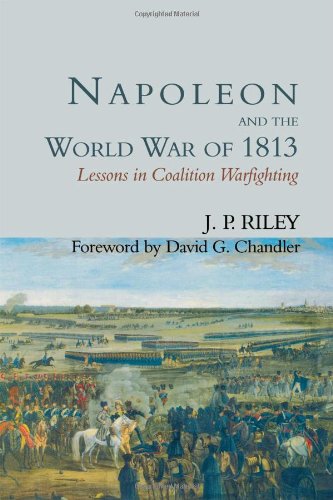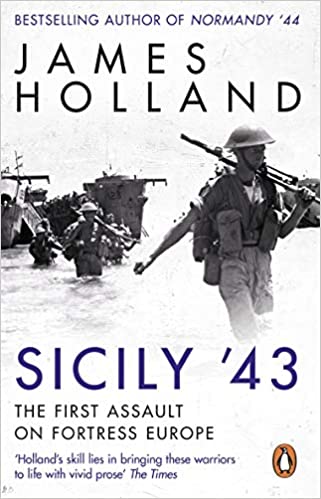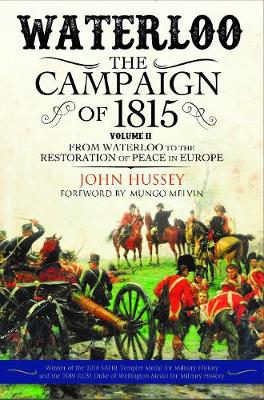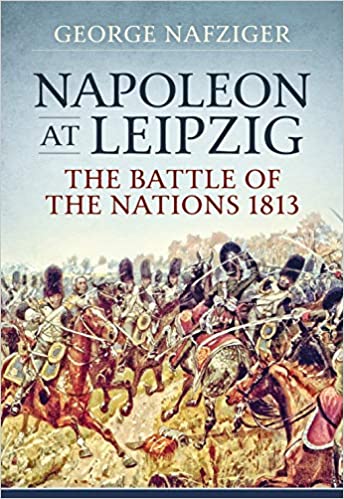My 1943 project (focused on the British Mediterranean campaign of that year) starts with Tunisia, though most of my recent focus has been on Salerno in Italy. This recently published book by Ian Mitchell (who has served both in the Navy and Army) looked of interest; it’s correct title is The Battle of the Peaks and Long Stop Hill, but Long Stop is the easily the best known of the engagements covered, and was the main objective of the campaign. It is a well-written book, but a bit unsatisfactory from my perspective., though I learned much from it.
Long Stop Hill (as it was named by British troops) was a relatively low but rocky double hill which stood alongside the the principal route to Tunis from the west and blocked approaches to the country’s principal port from this direction. With the the Army’s approach from the south blocked by even tougher terrain it became a critical objective for Allied forces in order to end the war in Africa, so that operations against mainland Europe could start. The Germans had turned it into a formidable fortress. It was assigned to the First Army’s 78th “Battle-Axe” Division. This book is an account of the campaign to take it, including the capture of nearby (and higher) peaks that were considered to be critical preliminary objectives, because they could be used to observe and direct artillery fire on the attacking forces.
The book is very successful in achieving what it aims to do – which is to give an account of the British units that carried out this series of attacks. We learn a lot about the soldiers involved, especially the officers, and individual achievements are highlighted. This coverage extends to supporting units, such as engineers, medical services and so on. This is quite a popular style of book, and is aimed especially at people whose ancestors or relatives took part. You do get a feel for the experience, and people are named where possible. Amongst other things it draws attention to the achievements of the First Army, one of the War’s forgotten formations, whose achievements are often overlooked. I would only fault the book on one thing within this remit: it needs more maps. It especially needs a map of the whole campaign area, explaining how the various objectives fitted together. It has just one map of the wider campaign area, which shows the movements in late 1942 (and the first battle of Long Stop Hill); it could usefully have repeated this map to show the movements of April and May 1943 as well. Poor maps is one of the persistent features of modern military writing, and unfortunately this book suffers somewhat: there are maps of the individual battles, which aren’t brilliant but do help a lot. It is thankfully free of other features of modern military books, such as frequent typos and inconsistencies, which arise from poor editing. Publishers don’t provide this service any more, and doubtless authors feel under pressure to bring their projects to a conclusion and so skip the editing. Mr Mitchell doubtless did the editing himself, assisted by friends and family. A hard, grinding job which has fortunately been done to a high professional standard.
The first problem I had with this book is that the frequent digressions into the past histories of those involved slows the narrative pace down, and it isn’t a riveting read. It is rather easy to put down, and it took me a lot longer to finish reading than it should have. A more fundamental problem is that its treatment of the German side of the story is cursory, and its main source seems to be British intelligence documents. Mr Mitchell does try to give their side, but he was not prepared to to the considerable and messy research required to get a more complete picture, from records that would doubtless have been incomplete anyway – and it is tangential to the book’s main purpose. This does limit the book’s value in trying to get a full understanding of what happened and why. A second problem is that analysis of the tactical problems is a bit weak and incidental, as well being limited by its British perspective. A third problem is that Mr Mitchell gets too drawn into the perspective of the soldiers within 78th Division, at the expense of the wider picture. He complains that the troops were overworked, and attacks conducted with less than adequate preparation. Given that this operation was on the critical path of the entire Allied Mediterranean war effort, I don’t think that these complaints are surprising, and he makes no attempt to show that the end result would have been achieved more quickly if the troops hadn’t been pushed so aggressively. His complaints of troops being wasted in unnecessary operations is more understandable, I prefer a more detached stance at this distance in time, This is war, not a game of cricket (and there are too many cricket analogies, though this arises from the fact that a lot of the officers were cricketers).
The tactical problems were considerable. The ground was rough and unsuitable for most vehicles, off the very limited roads. It could provide cover to troops who stayed still, and very good cover if you could dig into the rock, through natural fissures or with the use of explosives. But you were very exposed and highly visible if you moved through it. And if the enemy possessed the commanding heights they could direct artillery and mortars onto exposed troops with devastating effect, never mind the usual problem with machine-guns. This forced many of the attacks to be conducted at night. These were generally successful on the less heavily defended objectives; the open nature of the terrain reduced the usual chances of troops getting lost and mixed up, no doubt. The German tactics against night operations seemed to been the use of programmed mortar , artillery and machine-gun fire – which caused casualties, but were not enough to stop determined troops. But night attacks failed against the more important targets, notably the mountain of Tanngoucha, the village of Heidous, and Long Stop itself. In daylight the British did have a secret weapon: the Churchill tank, which could operate in terrain other vehicles couldn’t, and wrong-footed the German defences. This proved decisive, but the supporting infantry was still highly exposed.
One question that occurs to me, but the book doesn’t deal with, was whether the divisional strategy was well conceived. This was to work through a succession of peaks leading up to Long Stop, on the basis that each overlooked the next target, and that holding them would give the Germans a decisive advantage. But the British were unable to capture Tanngoucha or Heidous, covering Long Stop’s flank before the launch of their first assault on Long Stop. The nearer of Long Stop’s peaks was captured with these supposedly critical features still in German hands. Their occupation was more important for the second peak, but did this work two ways? The British quickly captured Heidous and Tanngoucha after the first peak of Long Stop fell. Heidous was abandoned and the resistance at Tanngoucha seemed weakened; Long stop seemed critical to the holding of these objectives as much as the other way round. This question is simply not discussed. Provision of a map showing all the peaks might have helped understand this conundrum a bit better.
Another issue is that quite a few of the minor details that wargamers like to know are missing. What armament did the Churchills have? The 6pdr was standard, but it is known that some were armed with 3in howitzers, as the 6pdr HE shell was deficient (this included a few Mark Is with the howitzer in the bow and 2pdr in the turret). Other Churchills were fitted with 75mm guns taken from knocked-out Shermans, but I don’t know if the 25th Tank Brigade (the unit involved) had any of these at this time, though they certainly did later. One source on the web suggests that these did not come into service until the Churchills were deployed in Italy, in 1944. But in my old Tank Battles in Miniature 4, written by wargames legend Donald Featherstone, it says that the conversions were made in January 1943, and they were used in Africa. Since Don served in Churchills in Tunisia (though not in this campaign) you’d expect him to get that sort of detail right! Another issue is that the book (and contemporary accounts) make much mention of German 75mm antitank guns. Were these PAK 40s, or were they the lighter PAK 38-based French 75s, which were less capable? PAK 40s were in use at this stage of the war, and the Germans did send state-of-the-art equipment to Tunisia, but in one episode it describes Churchills coming under fire from the 75s and suffering hits, but without that much damage being done. That doesn’t sound like the PAK 40 (in another episode it describes Churchills being knocked out by the 75mm guns of Panzer IVs, similar to the PAK 40). One issue that the PAK 40 was much heavier than the PAK 38, and o would have ben much more difficult to manoeuvre in terrain unsuitable for vehicles. How good the British officers were at identifying 75s correctly is another matter too; they noxiously over-reported Tiger tanks and 88mm guns. These guns could even have been 50mm PAK 38s.
What are my learnings for wargames simulation? First and foremost it reinforces a point I already knew. Artillery is central to this type of warfare, as it was to most of the warfare engaged in by British forces in the war, with the possible exception of action in the western Desert. Wargames rules are too dismissive of it, and usually little creative energy is put into bringing it into the game realistically. I have read more than once the claim that in the sort of company-level game which is the focus of most rules there would not be on-call access to artillery beyond mortars, so this should be out of scope. What this book (and others) shows is that is nonsense (though perfectly true for air support, I think). A company at the critical point of an attack (and very often a single company operation was critical) did have access to artillery, in both attack and defence. If wargames are going to focus on these important battles, as well as clashes of patrols, then they need to bring the big guns in as a central element.
Beyond this, I gained some new respect for two rule mechanisms that I don’t especially like from a personal game-playing perspective. The first belongs to the Battlegroup rules, and is the central mechanism for measuring each side’s will to keep going. The mechanism is randomised and the other side doesn’t know how close your side is to collapse. This book shows that encounters really do end by one side or other giving up after their will to fight has suddenly collapsed, which is very well simulated by these rules. The other is the Two Fat Lardies emphasis on individual characters, such as the “great men” in I Ain’t Been Shot Mum. This book is full of individual acts which dramatically influenced the course of a battle – and this is often what people who take part in these battles remember. How much the heroic types were known at the start of the battle is another matter, but I suspect they might have been.
How about the grand tactical game of Rommel? In terms of the forces involved (a division plus supporting units on both sides) and geographical area, this campaign looks an ideal subject. The rules’ focus on command resources as a proxy for the importance of planning looks spot on. But these battles took place over days, while Rommel is mainly about a single day of action. Also the rules don’t deal with the importance of vantage points, absolutely central here – though as I wrote in my initial review, this can probably be fixed quite easily. And night time is for recovery in Rommel, not prime time for combat. Still there may be some way of factoring all this in over a two-week time horizon for a game – the terrain clearly slows things down, so each move will cover much longer in elapsed time. This might be one way of testing the British peak-by-peak strategy with one that tried to bypass them with a stronger initial focus on Long Stop Hill itself.
Finally I just need to say that the climax of the events that this book describes, the two-stage battle for Long Stop Hill itself was quite an astonishing feat of arms by the British troops, and one of the outstanding feats of the Army in the war. The first attack was down to the 8th Argyll & Sutherland Highlanders, a unit that had suffered heavy casualties in the campaign to date, assisted by the 1st East Surreys (ditto). They drove through fierce artillery, mortar and machine-gun fire (including from the flank); the HQ company was wiped out, probably by mortars. And yet the survivors pushed on right up the summit, which it captured with barely 60 soldiers left active. The attack on the second peak was no less spectacular in its way. The approach was a long and exposed one (attacking directly from one peak to the other was too difficult), and this second peak was more strongly fortified by the Germans. The Churchills of the Northern Irish Horse led the way, alongside the 5th Buffs, who were very exposed and suffered heavy casualties. The tanks knocked out machine gun posts identified by the infantry, one group of tanks took higher ground that the Germans hadn’t expected them to be able to reach, and was able to deal with the German antitank guns from above. Another group of tanks cut off the German retreat. Artillery was constantly active led by FOOs right up in the thick of it. The British were not supposed to be as good as the Germans at inter-arm cooperation, but this attack was a model.
Th fighting described in this book is very different from that undertaken in North West Europe, or in the Western Desert (or on the Russian front come to that), though it was to be repeated in Sicily and Italy. It presents different challenges to do justice on the tabletop, but intriguing to try.

